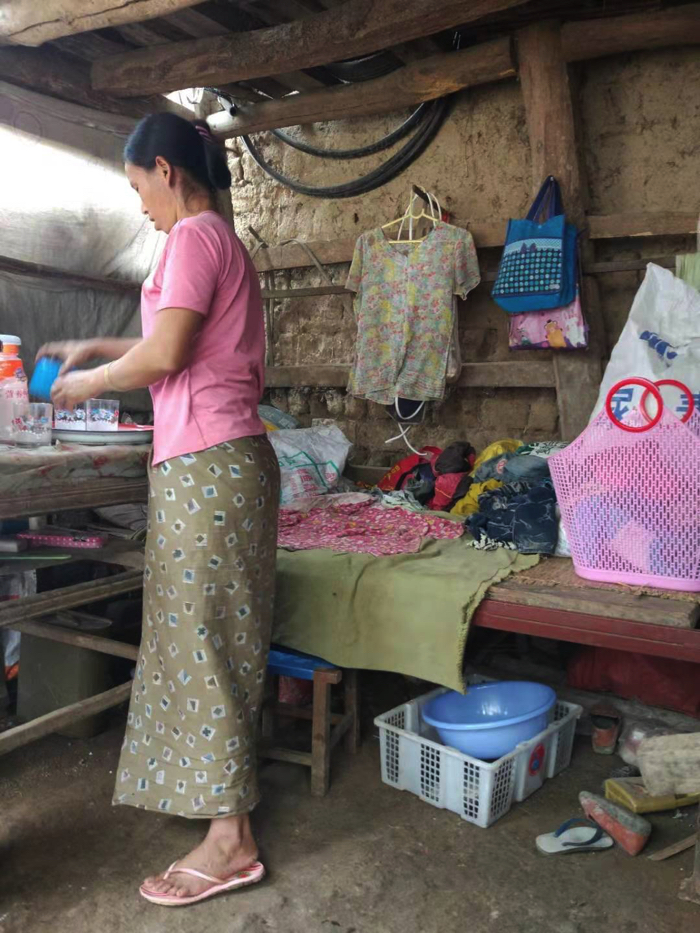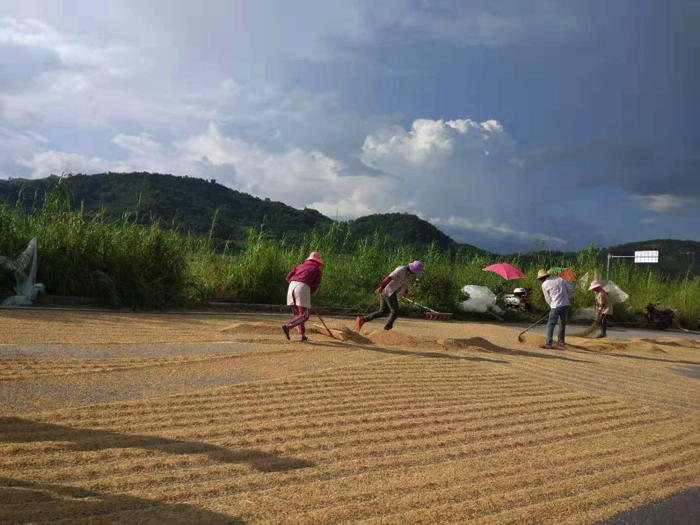- Project Leader : Zhai Yalei (Kyoto University, Graduate School of Economics)
Outline of Research
This study elucidates the decision making involved in cross-border marriage by focusing on marriages between Burmese women and Chinese men. In particular, key ethnic and cultural factors in the decision-making process are identified as well as the role of each factor. The study is based on the results of field surveys of rural marriage markets in the border area between the Shan State of Myanmar and Yunnan Province of China.
Description
Since 2000, there has been an increase in the number of Burmese women who have married Chinese men and immigrated to China. Demand side factors such as the rapid rise of China’s economy and China’s population or “one child” policy with its resultant lack of women of marriageable age in China (Das Gupta, Ebenstein, & Sharygin 2010; Li, Yi, & Zhang 2011) are considered the engines of this trend. However, when women, who are on the supply side, make decisions about cross-border marriage, what factors are considered important other than those laid out by the demand side?
This study aims to clarify the decision making behind cross-border marriage, focusing on the motivations of Burmese women immigrating to Dehong, Yunnan Province in China. In Dehong, homogeneous and exogenous ethnic and cultural elements coexist along the China-Myanmar border. It not only determines the key cultural and ethnic factors that explain Burmese women’s preferences for marriage to Chinese men, but also explains the differences (cross-national, inter-national, cross-ethnic, and inter-ethnic factors) in marriage preferences among different ethnic groups.
This study, therefore, provides a new perspective on the immigration research on marriage, which has thus far mainly focused on immigration policy. Furthermore, this study provides an overview of the ethnic relations across the China-Myanmar border formed in recent years.
References
Das Gupta, M., Ebenstein, A., & Sharygin, E. J. (2010). China’s marriage market and upcoming challenges for elderly men. World Bank Policy Research Working Paper 5351.
Li, H., Yi, J., & Zhang, J. (2011). Estimating the effect of the one-child policy on the sex ratio imbalance in china: identification based on the difference-indifferences. Demography, 48(4), 1535–1557.
 One of Myanmarese migrant brides lives in a village in Dehong, Yunnan, China. |
 The Myanmarese migrant labors are working with local farmers in a village in Dehong, Yunnan, China. |
